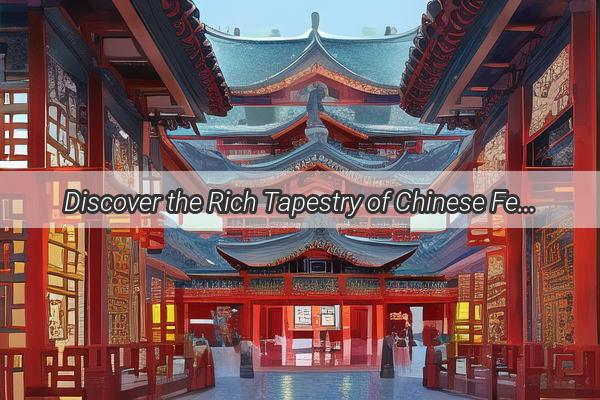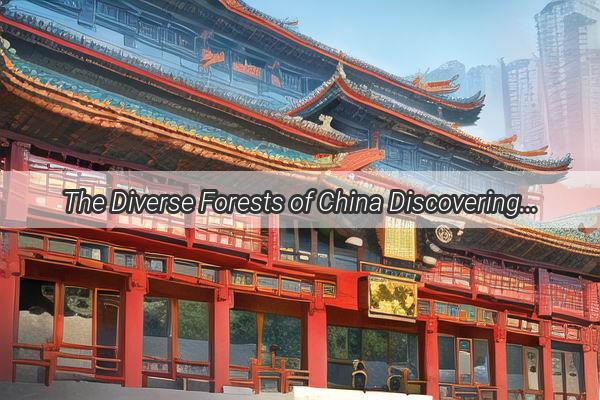Coal Rich China A Global Exporters Treasure Trove Discover the Full Range of Exported Coal Products
---
Coal Rich China: A Global Exporter's Treasure Trove
Nestled in the heart of Asia, China boasts a vast and diverse coal reserve, making it one of the world's leading producers and exporters of coal. As the demand for energy surges globally, China's coal export sector has emerged as a cornerstone of its economic power, offering a treasure trove of coal products to the international market. Let's embark on a journey to explore the full range of coal products that China has to offer to the world.
The Breadth of Coal Products

China's coal export portfolio is as varied as it is extensive. From the hard, coking coal essential for steelmaking to the soft, thermal coal vital for electricity generation, China's coal exports cater to a myriad of industries across the globe. Here's a glimpse into the diverse array of coal products that China sends across international borders:
1. Hard Coking Coal: Esteemed for its high carbon content and strength, hard coking coal is the backbone of the steel industry. It's used in the production of high-quality steel, and China's export of this coal type is a testament to its steel-making prowess.
2. Semisoft Coking Coal: Serving as an intermediary between hard coking coal and thermal coal, semisoft coking coal is used in blast furnace operations and for the production of coke, which is essential for smelting iron ore.
3. Thermal Coal: As the most widely used coal type for power generation, China's thermal coal exports are in high demand. These coals are characterized by their lower carbon content and are ideal for producing electricity in coal-fired power plants.
4. Sub-bituminous Coal: With a lower carbon content than bituminous coal but higher than lignite, sub-bituminous coal is another key export, offering a balance between energy output and environmental impact.
5. Lignite Coal: The least energy-dense of the coal types, lignite coal is often used in power generation and is also a source of brown coal, which is used for heat and power production.
The Global Reach of Chinese Coal Exports
China's coal exports span the globe, with key destinations including:
- South Korea: Reliant on coal imports, South Korea is a major consumer of Chinese coal, particularly thermal coal for electricity generation.
- Japan: Japan's demand for coal, driven by its energy-hungry economy and reliance on imports due to limited domestic resources, has made it a significant importer of Chinese coal.
- India: With a growing energy needs and a burgeoning coal industry, India is a key market for Chinese coal, particularly for power generation.
- Vietnam: Vietnam's increasing energy demand has made it a growing market for Chinese coal exports, with thermal coal being particularly popular.
Environmental and Economic Implications
While China's coal exports are a testament to its economic might, they also come with environmental and health concerns. The burning of coal is a significant contributor to greenhouse gas emissions and air pollution, raising questions about the sustainability of coal as a global energy source.
However, China's commitment to cleaner energy and the transition to renewable sources is evident in its push for more efficient coal technologies and investments in green energy. As the world grapples with climate change, China's coal exports may very well play a dual role—fueling economic growth while also paving the way for a more sustainable energy future.
Conclusion
China's coal export industry is a complex tapestry of economic opportunity and environmental challenge. As the world's largest coal exporter, China's coal products are a vital part of the global energy landscape. Whether it's the hardy coking coal for steel production or the thermal coal for electricity, China's coal exports continue to shape the global energy narrative, making it an indispensable player in the global coal market.





